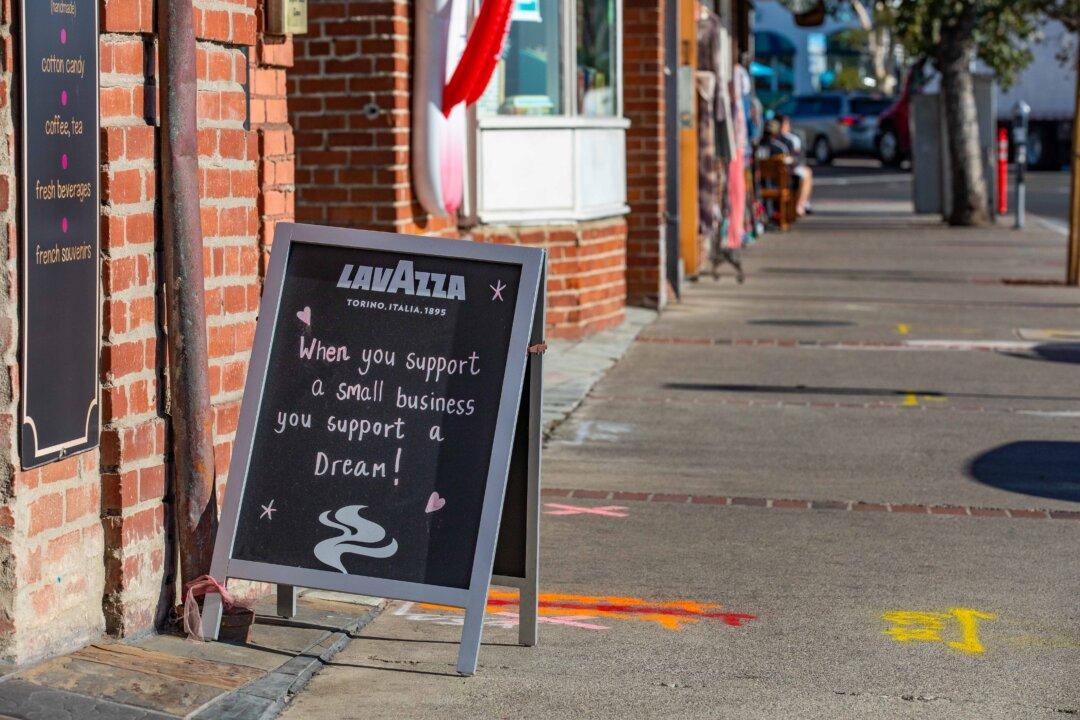Sentiment among American small-business owners slid last month, with the sector showing signs of a “potential slowdown in economic activity,” the National Federation of Independent Business (NFIB) said in a recent report.
“The NFIB Small Business Optimism Index decreased by 0.9 of a point in March to 88.5, the lowest level since December 2012,” the organization said in a report on April 9. “This is the 27th consecutive month below the 50-year average of 98.” A smaller number of business owners now expect higher sales, indicating low optimism in the community. “The net percent of owners who expect real sales to be higher decreased eight points from February to a net negative 18 percent.”





